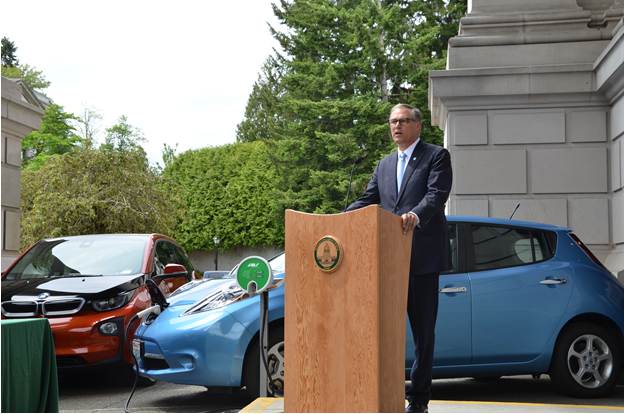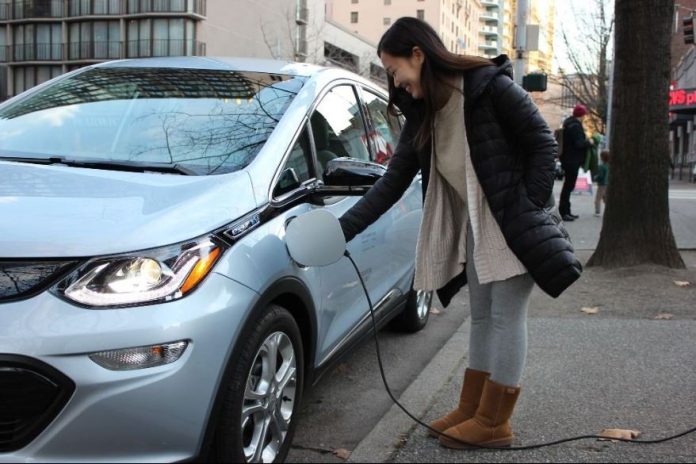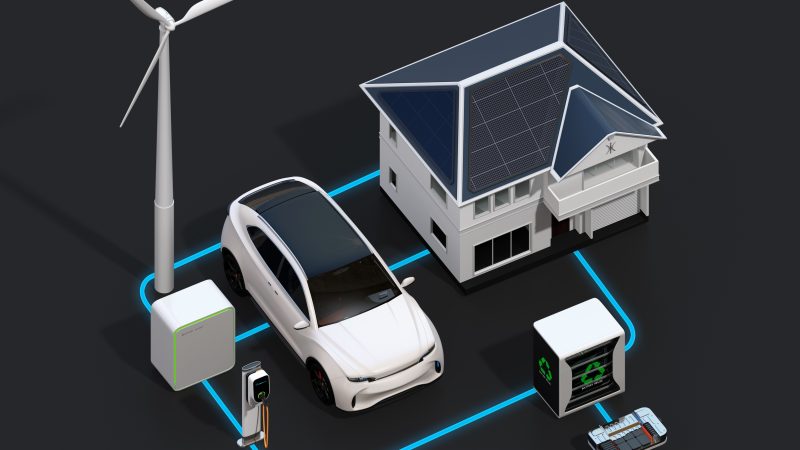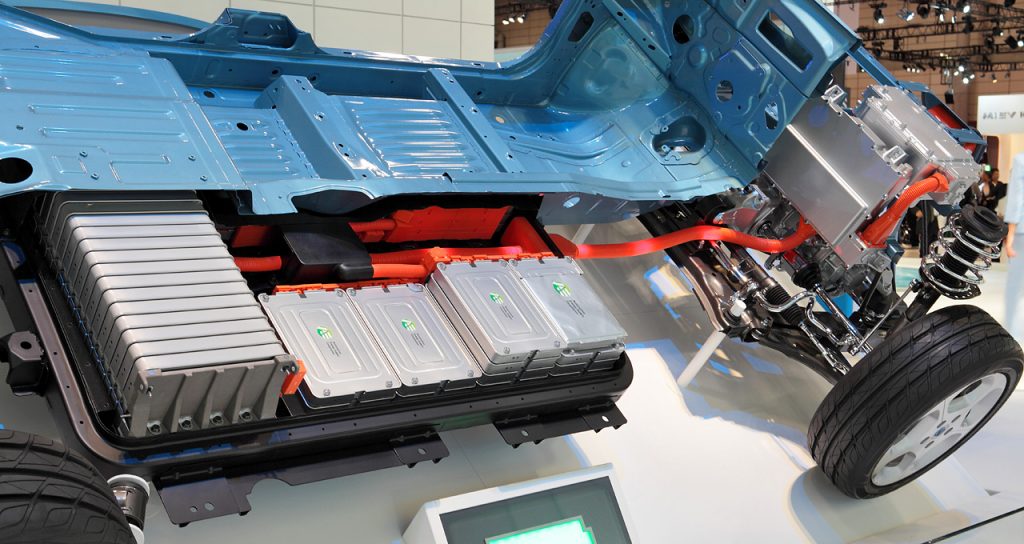All new cars sold in Washington in 2030 or thereafter would be electric if House Bill 1204 or senate companion bill Senate Bill 5256 becomes law. Representative Nicole Macri (D-Seattle) first brought the Clean Cars 2030 bill to hearing in 2020. Her bill returns this year, with its first hearing is scheduled at 3:30pm today (February 1st).
The climate crisis has only worsened in the intervening year, including a terrible wildfire season that saw five million acres of forest land burn on the West Coast. Though the 2021 legislative session will be dominated by Covid-related legislation, many lawmakers also acknowledge the looming and overdue nature of climate action.
“Vehicle emissions are the number one source of emissions in Washington state,” Rep. Macri said. “All the data says we’re in the worst case scenario in how quickly climate change is happening. So, we are way behind on what we’re way behind what we should be doing. It’s going to take a multi-prong effort. It’s going to take Clean Fuels [House Bill 1091]. There are proposals for carbon pricing. This is just another way that the legislature can say that we need to move more quickly.”
Last year, Matthew Metz–founder and co-executive director of Coltura, which helped draft the previous iteration of the bill (House Bill 2515)–covered the factors that would make a shift toward electric cars feasible and beneficial in a guest piece with The Urbanist. Metz listed falling prices and competitive costs of ownership, increasing range, better charging infrastructure, and capable enough grid. Coltura projects owning and operating an electric car will be cheaper than a gas-powered car by 2025.
A year later, the automotive industry has certainly trended in the direction of electric cars–though for now American car sales remain dominated by gas-guzzling SUVs, a trend that has also exacerbated the pedestrian safety crisis. On Thursday (January 28th), General Motors said that it would be phasing out petroleum-powered cars and trucks by 2035, just a day after the White House announced a federal fleet transition to zero-emissions vehicles. Players like Baidu are planning to enter the electric vehicle market in China, where electric cars can avoid the country’s license plate quota. Existing electric car manufacturers are planning to offer dozens of electric car models to properly fill the niches that petroleum-powered cars do today.
The Clean Cars 2030 bill would accelerate the pace of electrification from a tentative date of 2035, assuming California’s law holds up to legal challenges–thankfully, the Biden administration has dropped the Trump administration’s federal challenge of that law. Washington has passed legislation piggybacking on California’s law, but accelerating the pace by five years would be significant, sending a signal to carmakers to switch to electric sooner and a signal to government to pick up the pace of rolling out charging infrastructure. That charging infrastructure in turn could benefit transit providers, e-bikes, carsharing, and smart grids.
What’s different in this year’s bill
This year’s bills return with some major alterations. In section one, the bill adds two new statements on utilization of electric vehicles as extensions to smart grid infrastructure. It acknowledges the potential for electric car batteries as a balancing and storage resource for the grid, which could help with the variability of wind and solar energy, provide backup power during outages, and reduce energy costs. This capability would only be possible with smart grid technology to help coordinate the flow and use of electricity. Seattle has been working on implementing smart grid improvements to our local grid with advanced metering infrastructure and a microgrid demonstration, but our power grid is far from being intelligent enough to fully realize the storage capacity of electric cars.
To help meet that potential, the scoping plan included in the bill has a requirement to analyze optimal control strategies for smart charging and discharging added to this year’s iteration. There were also minor changes to the language around the equity and pollution for the scoping planning. Points completely removed from the scoping plan include consideration of vehicle electrification of other judications, economic cost-benefit impacts, impact of autonomy and rideshare, decrease of gas sales, and analysis of price difference between electric and petrol car purchase price and cost of ownership during the transition period.
Further simplification of the bill happens with the omission of HB 2515’s section five in the new bill. It would have prescribed an advisory committee drawn from community groups that would advise on the scoping plan, charging infrastructure, investment, and research. Supporters of the bill hope the changes will make the bill more passable, in particular by lowering the fiscal note–the cost of implementing the bill. A loophole has also been added to allow a non-electric vehicle purchased by a resident of another state prior to becoming a resident of the state of Washington to be registered by the appropriate state agency in 2030 and afterwards.

If it passes, many implementation details would be left to the Washington State Department of Commerce. Equitable transportation remains a goal, but ditching the more prescriptive approach may help avoid stumbling blocks and gain enough votes. Buying new electric vehicles is generally beyond the reach of low-income folks given their cost, which suggests the previous equity language of the bill may not have had a significant impact anyway.
“The market is going to shift to 100% electric one way or another, and my concern is that certain communities get left behind, as we see often with innovation and evolution in the private market, if the government isn’t there to call the question,” Rep. Macri said, pointing to the issue with privately-run bikeshare in Seattle, which includes big jumps in price while coverage has worsened.
Rep. Macri said she has heard from constituents in her renter-heavy 43rd Legislative District that are worried they wouldn’t have a place to charge their car since they park on the street. Her hope for the bill is that it would accelerate plans to develop public charging infrastructure and encourage more buildings to add charging stations. The incoming Biden administration could make a good partner in those efforts since the Biden-Harris climate plan included a nationwide rollout of charging stations.
Electric car skepticism
Electric cars are clearly better than their fossil powered counterparts, roughly halving life cycle emissions. Being able to take advantage of Washington’s non-fossil dominant energy generation allows electric cars in the state to have very low carbon costs after manufacturing. Electric cars do have a higher embodied energy cost once they come off the assembly line because of their batteries, but the disadvantage disappears over a few years of use if a car operates with a very green power grid.
The batteries currently do make electric cars heavier than their fossil burning counterparts, causing more wear to our transportation infrastructure. Heavier vehicles also cause more wear to tires, in which worn off 6PPD tutn into 6PPD-quinone through reaction with ozone. 6PPD-quinone is toxic to salmon, and it washes from roads–particularly busy roads where it’s concentrated–into waterways where salmon spawn. As things are, electric cars could be worse for our salmon, but the removal of petroleum-based spills and emissions from cars might be enough to counteract it–as would reformulated tires to remove 6PPD, which is used as a preservative and not an essential ingredient. If batteries become much more efficient and tires become less toxic, the environmental advantage electric cars have over conventional cars would grow. Ideally, the sources of materials for electric cars and their batteries will also less impactful and unethical then.
Reducing car dependence should be the goal of green transportation policy. Public mass transit does a lot more than electric passenger vehicles to reduce the transportation sector’s carbon footprint. Mandating that all new vehicles in Washington state be electric in 2030 and beyond is an important step toward a low-impact transportation sector that accelerates the infrastructure needed to electrify our entire transportation system. Let your state representatives know if you support the bill and what amendments you’d like to see to it.





